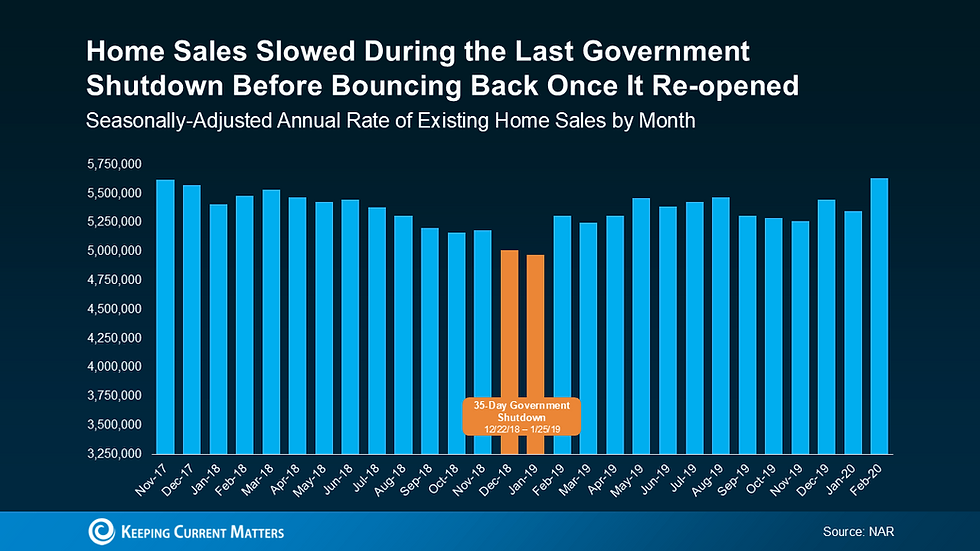“Encroachment” Issues: Here’s How to Handle Them
- grace264
- May 28
- 2 min read

If you own a home, you’ve likely heard stories about “nosy neighbors.” But there’s one type of neighbor that can be far more problematic — the one who quietly starts using part of your land.Whether it’s a fence, driveway, shed, or even tree branches extending past your property line, this isn’t just a misunderstanding — it’s called encroachment. And real estate experts warn that it can lead to lawsuits, delays in home sales, or even title disputes.
Today, let’s break down what encroachment is and how both sellers and buyers can respond effectively.
🔍 What Is Encroachment?
Encroachment refers to any physical structure or object that crosses over a property line without permission.Common examples include:
Fences
Driveways or sidewalks
Tree branches or roots
Sheds or part of a building
Garden beds or landscaping features
While many cases arise from ignorance or miscommunication rather than bad intent, the consequences can still be serious.
🗺️ How Can You Tell If There’s Encroachment?
You might think the fence looks “off,” but only a formal land survey can confirm whether there’s been a violation.Check the following:
The Survey or Plat document you received at purchase
Your county’s GIS (Geographic Information System) or property records
If in doubt, order a new professional survey — it’s legally valid and critical for resolving disputes.
✔️ Steps to Resolve Encroachment
Start With a Conversation
Many encroachments are accidental. Share your survey results calmly with your neighbor and see if you can reach an understanding.
Send an Official Letter
If a friendly talk doesn’t work, send a certified letter requesting corrective action by a certain date. You may want to consult a lawyer for this.
Consider Legal Action
As a last resort, you can file a claim for injunctive relief (removal of the structure) or damages for unlawful use. Legal advice is a must, as laws vary by state.
🤝 Are There Non-Legal Solutions?
Yes, not every encroachment leads to court. Consider these alternatives:
Easement Agreement: You retain ownership but allow the structure to remain under agreed terms.
Deferred Removal Agreement: You agree to let the structure stay until a specific future date.
These solutions can help avoid delays in selling and reduce legal costs.
🛡️ Can Title Insurance Help?
Sometimes — but not always. If the encroachment was visible or noted in a prior survey, it might not be covered.However, extended coverage policies may offer partial protection. Check your title policy details.
🏡 Can You Sell a Property With an Encroachment?
Yes, but disclosure is crucial.In most U.S. states, sellers must inform buyers of known boundary issues.If the issue isn’t disclosed and later discovered, it could delay the mortgage process or change the buyer’s terms.Also, if the neighbor has used the land long enough, they might claim adverse possession — meaning the land might no longer legally be yours.
🔚 Final Thoughts
Encroachment isn’t just a neighborhood nuisance — it’s a property rights issue.If you suspect a structure has crossed into your land:
Confirm with a survey
Talk with your neighbor
Take formal action if needed
The sooner you address it, the better you can protect your property and future transactions.
Questions or concerns about encroachment in the Chicago area?Call or email me anytime.
📞 Hans Chul Han, Chicago BDB📧 ChicagoBDB@gmail.com | 📱 773-717-2227






Comments